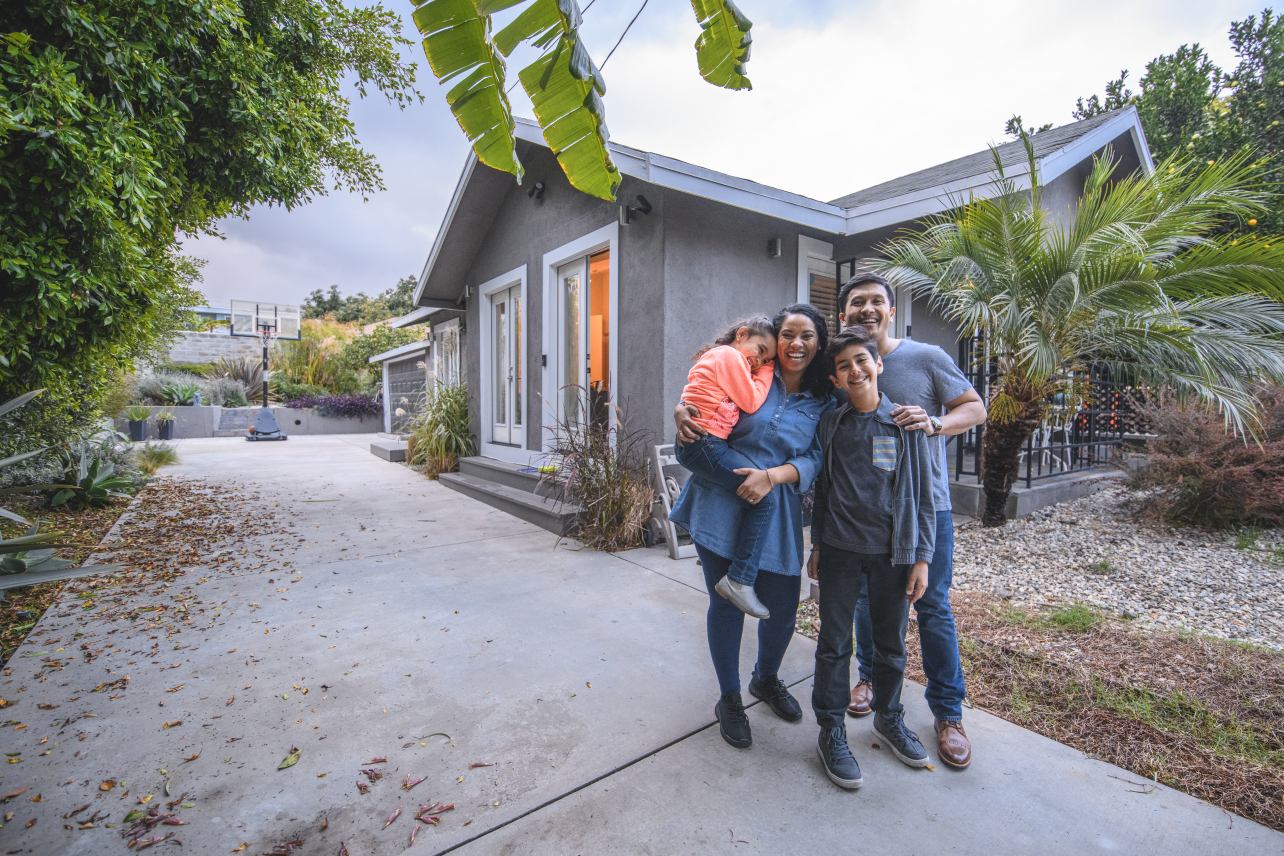Odds are, you grew up hearing the oft-repeated 20% down payment rule, as it pertains to buying a home. But in today’s mortgage economy, this rule is far from standard. In fact, you can contribute significantly less as a down payment, making home-buying easier than ever.

How Low Can You Go?
Once upon a time, saving for a 20% down payment was an expected part of buying a home. However, the introduction of the FHA mortgage in the 1930s did away with this hefty savings requirement, reducing the tens of thousands of dollars that new buyers would need to hand over at closing.
While the 20% rule has stuck around as folklore, future homeowners can actually get approved for mortgages requiring less than 10% down. Depending on your credit, the type of home you’re buying, and your career, you might even be able to buy a home with a zero-down mortgage.
The less you’re required to put up as a down payment on your new home, the less you’ll have to save over the years. For most buyers, this means that homeownership is within reach even sooner than you’d think!
Mortgages Requiring 5 to 20 Percent Down
Conventional loans are not part of specific government programs, and are instead available through a wide variety of banks and other lenders. They have a variable down payment requirement, ranging from 5-20% of the home’s purchase price.
Your requirement will depend on things such as:
- Your credit history and score
- The type of home you’re buying
- The price of the home/total mortgage loan amount
The idea of saving only 5% for a down payment, versus 20%, is exciting to most buyers. After all, on a $250,000 home that’s the difference between a $12,500 down payment and a hefty $50,000 one. This lower threshold means you can buy a home much sooner and with a smaller financial impact.
However, it’s important to note that there is a slight catch.
PMI
Conventional mortgages will require you to pay private mortgage insurance (PMI) each month if you put down less than 20 percent. This fee is required until your home’s loan-to-value ratio (LTV) reaches 78%, and can easily add up to hundreds of dollars a month.
Mortgages Requiring 3.5 Percent Down
If your credit score is 580+, you can qualify for a loan insured by the Federal Housing Administration. These loans require a down payment of only 3.5 percent. Have a lower credit score than 580? Your FHA loan will still only require a 10% down payment.
You should note that FHA loans don’t typically offer the best interest rates. If you’re able to afford a conventional loan with a slightly larger down payment, that might still be your more affordable option (even with PMI added in). For those most concerned with a lower down payment, though, the FHA 3.5% requirement is very enticing.
Mortgages Requiring 0 Percent Down
Depending on your personal situation, there are instances where you can snag a zero-down mortgage.
VA Loan
If you’re active duty military (or in some cases, retired), you might qualify for a VA loan. These government-secured loans are available to service members with a 0% down payment requirement. There is no PMI requirement on these loans, either.
Interest rates are still credit-based, though VA loans typically have lower rates than conventional mortgages.
Special/State Programs
Certain buyers may qualify for special programs that offer zero-down mortgages. One example of this is the USDA Loan, offered to buyers in rural areas.
Why 20 Percent Down Is Still a Good Idea
Even if you can get a mortgage with less than 20% down, you might not want to. It’s important to do the math to determine your best options and long-term costs.
PMI
If you put less than 20% down on a conventional loan, you’ll be subject to PMI. This monthly insurance premium typically costs between 0.5-1% of the loan amount annuals, which can be hundreds or thousands of wasted dollars.
Equity
The smaller your down payment, the less equity you’ll have built into your home from the start. This also means that it will take you longer to build equity, which would be a problem if you need to sell sooner than later.
Lower Payments
The higher your down payment, the lower your mortgage loan. And the lower your mortgage loan, the lower your monthly payments. This can significantly impact your cash flow for decades to come.
Many conventional lenders will also offer better interest rates to buyers with higher down payments. This can mean serious savings over the repayment of your home loan.
While a 20% down payment is still a great idea for many homebuyers, it might not be possible (or preferable) for others. Be sure to see what you qualify for and how much each loan type will cost you in the end, before making your mortgage decision.
Ready To Bust The Myth?



